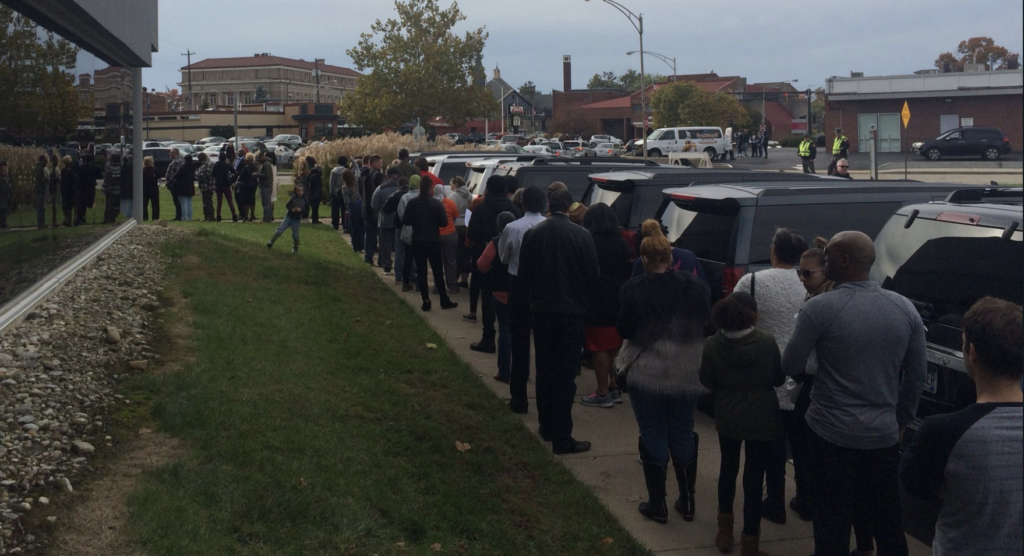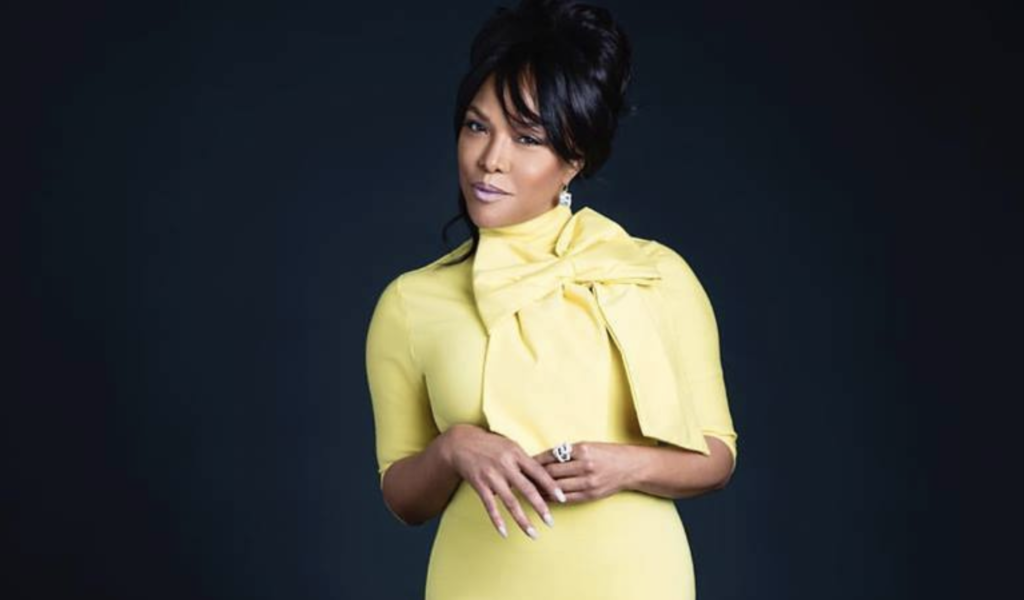Record-Breaking Number Of Early Voters Turned Out
06 Nov, 2018
A staggering 36 million voters cast their ballots ahead of Election Day this year, setting the stage for much-higher-than-usual turnout for a midterm — and, potentially, big surprises on Tuesday night.
Republican enthusiasm for President Donald Trump and Democrats’ itch to repudiate him at the ballot box have driven people to the polls far faster than in 2014, when 27.2 million people voted early, according to Michael McDonald, a University of Florida professor who tracks voter turnout.
And that trend is expected to extend into Election Day. Early voters in three states — Texas, Nevada and Arizona — have already surpassed total turnout in the last midterm election, McDonald’s data shows, and more states will blow past their normal non-presidential turnout with just a handful more votes on Election Day. The high voting rates have transformed expectations about who will show up in the midterms — and they could inspire results that diverge from any pre-election polls that did not reckon with this year’s unusually high enthusiasm.
“This is not a normal election,” McDonald told POLITICO. “The best guess is that we’re looking at some sort of hybrid midterm/presidential election” in terms of turnout.
McDonald predicted that by the time all of the early votes are compiled, every state could surpass its 2014 totals. Tom Bonier, CEO of the Democratic data firm TargetSmart, projected that early voting could surpass 40 million when all the ballots are received.
Analysts cautioned against drawing broad conclusions about which party could gain an advantage from the high early vote totals. But they did note that pre-election polls make built-in assumptions about how many people will vote, and pollsters who leaned too heavily on past midterm turnout may have misfired.
McDonald and the team at Edison Media Research, which is conducting a revamped exit poll this election after stumbling in 2016, predict that 105.5 million people will vote this year — about 45 percent of the voting eligible population. That’s up from 2014, an unusually low-turnout year in which fewer than 82 million people voted for the highest office on their ballot, but still lower than 2016, when about 137 million people voted for president.
“I think we’ve all made a very safe assumption that 2018 will look nothing like 2014,” Bonier said, noting that underestimating certain demographics by even a few percentage points in a poll could have an outsized effects on the results.
Some pollsters, like Monmouth University and the New York Times/Siena College, have adjusted this year by publishing multiple results for each poll, detailing how the results would change under different turnout scenarios. And the baseline estimates have gone up in recent weeks: The first Times/Siena poll of Rep. Pete Sessions’ (R-Texas) contested reelection race, for example, projected that about 194,000 people would turn out, while the second poll projected 211,000 voters would cast ballots in that slice of the Dallas suburbs.
Over 188,000 voters have already cast early ballots in the Dallas County portion of the battleground district, according to county data. (Another 7 percent of the district’s population is in another county that has not published early vote totals by congressional seat.)
Higher-than-expected turnout helped Democrats in some but not all of the Times/Siena polling models.
Mara Suttmann, a professor of government at Connecticut College, noted that it’s hard to predict which party will benefit from early voting because many voters would have voted whether or not early voting was an option — “cannibalizing” the Election Day vote instead of adding many new voters to the electorate.
Bonier noted that there has been in a surge in non-usual voters, including young people and people voting for the first time, which could favor Democrats. But even this does not guarantee electoral success for Democrats on Tuesday.
“The open question that won’t be answered until [results are in]: Do those early vote trends carry on through Election Day?” Bonier asked. “Or are they reversed? In 2016, in a lot of cases, they were reversed. I don’t think you can bet one way or another at this point.”
These low-propensity voters still make up a proportionally small portion of both the early voter electorate and the expected overall electorate. Data from TargetSmart shows that early voters younger than 39 are still easily outnumbered by voters aged 50-64, and even more so by voters over the age of 65.
And even in states where Democrats lead Republicans in early ballots cast — like Florida, where there’s a tight gubernatorial and Senate election — the election is still far from over.
“We know Election Day is going to come in strong for the Republicans,” McDonald said. “That’s a very traditional thing in most states that have early voting options.”
And there’s still a likely majority of votes to be cast on Election Day.
“We may see another 60 million votes cast [on Election Day]. Most people who will have ended up voting in this election have still not voted,” Bonier said. “In the end, what happens on Election Day turnout will, to some extent, swamp what happened in the early vote.”
Politico
Image ChrisCinciBiz twitter
Mentioned In This Post:
About the author
Related Posts
-
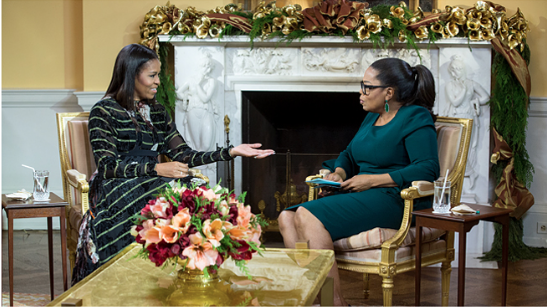
Michelle Obama Gets Candid with Oprah in Final White House Interview
-
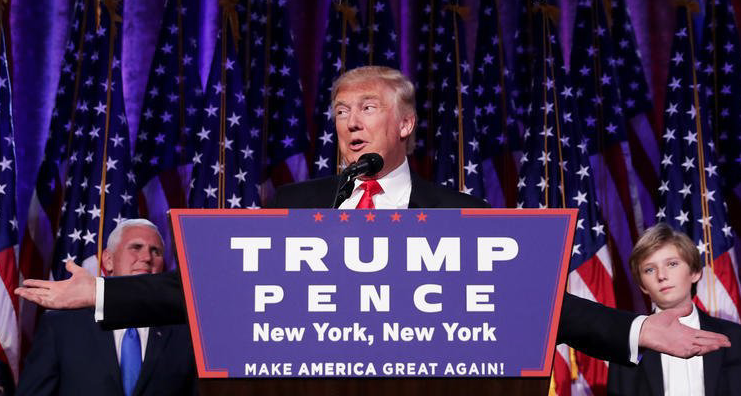
Donald TRUMPS Hillary, Becomes 45th President of USA
-
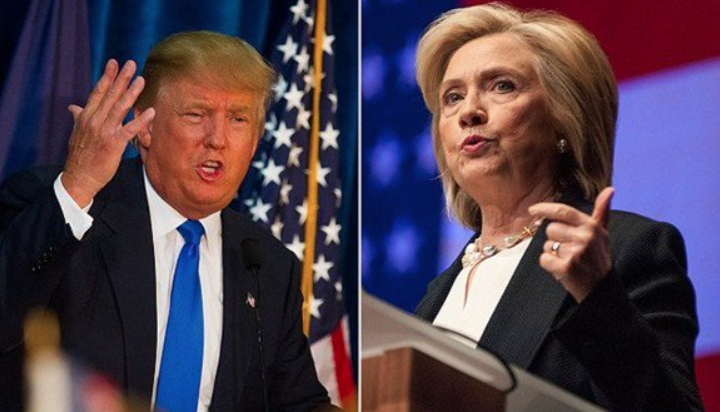
It All Comes Down To This
-
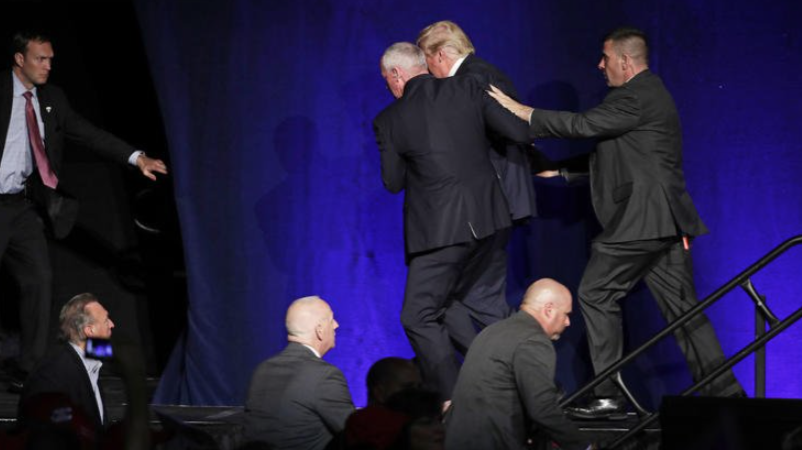
Donald Trump Rushed Off Stage During Rally
-
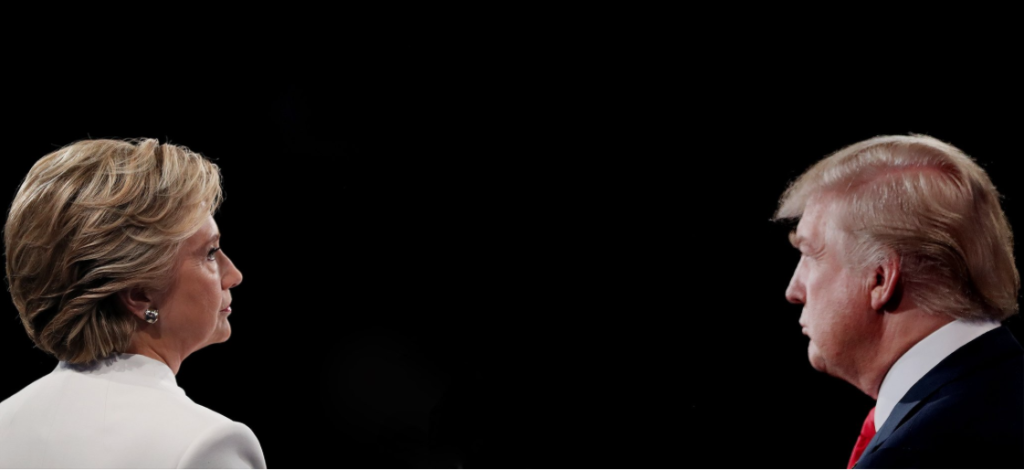
Will He Or Wont He Accept Election Results?
-
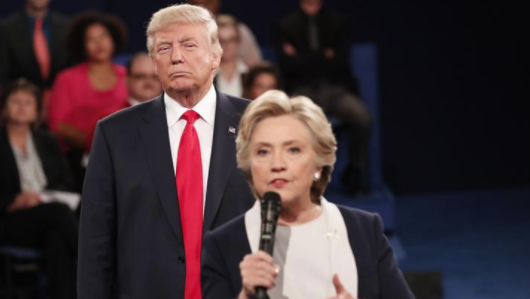
Trump Vs Clinton Round 2
-

The People Have Been Heard! Stanford Rape Judge Steps Down
-
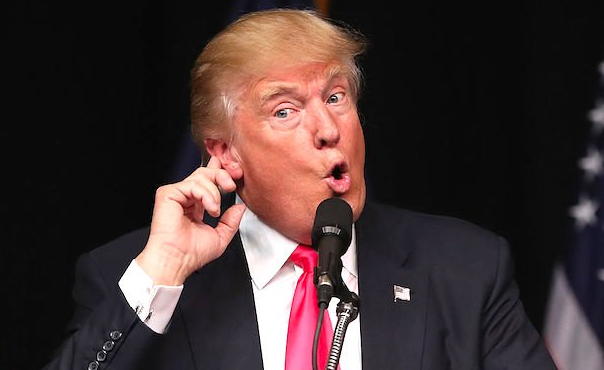
Republican Experts Say Trump Would Be "Most Reckless President!"
-
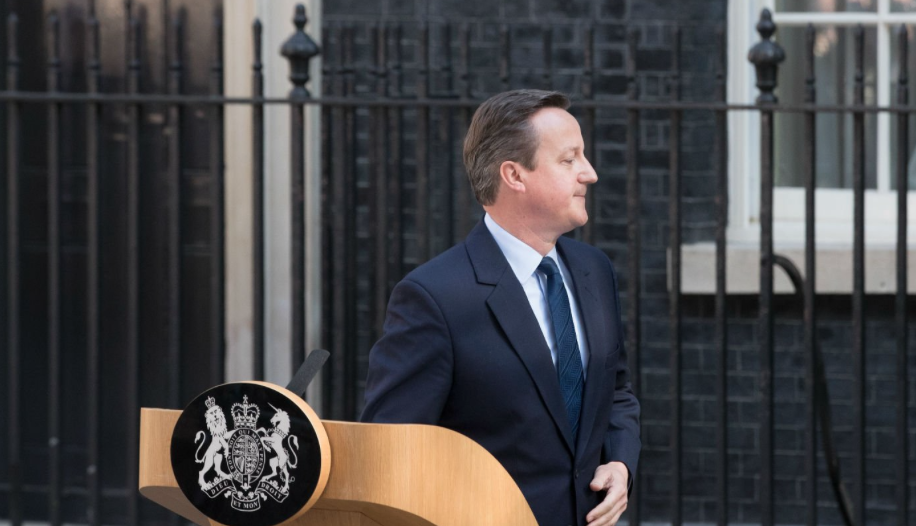
Peace Out! Cameron Quits and The UK Leaves The EU
-

Orlando Shooting Still Cant Sway Senate in Gun Control Vote

